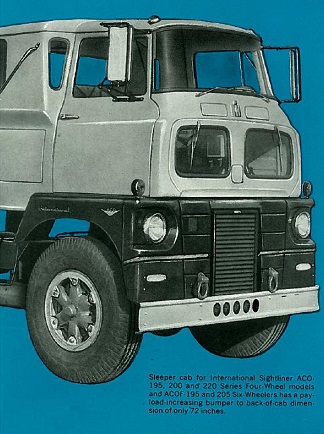Hot-shot practice woken from sleepy safety standards
 WorkSafe authorities in Western Australia are launching a crack-down on the use of sleeper cabs on long-distance trips.
WorkSafe authorities in Western Australia are launching a crack-down on the use of sleeper cabs on long-distance trips.
The safety authorities are looking ensure the long-distance haulage practice of ‘hot-shot’ driving – where one driver drives while another sleeps – is only done within acceptable limits.
“If a driver is sleeping while the truck is on the move, the driver must be both comfortable and securely restrained, as per the relevant Australian Design Rule,” WorkSafe Director Joe Attard said
“Inspectors have found instances of trucks without sleeper cabs where the second driver is resting or sleeping on the vehicle’s parcel shelf or sleeping in a swag on the tilt tray of the vehicle, which is far from a satisfactory arrangement.”
“The trucks on which inspectors are concentrating are rigid trucks... even when there is a single driver resting while the truck is stationary, it is important that the sleeping berth complies with design rules so the driver is properly rested,” Mr Attard said.
The practice of ‘hot-shot’ driving falls under the workplace conditions section of the WA Commission for Occupational Safety and Health’s Code of Practice on Fatigue Management for Commercial Vehicle Drivers.
The law states trucks must have adjustable seating and an adequate sleeping berth to comply with Australian Design Rule ADR 42, as well as air conditioning if operating north of the 26th Parallel between October 1 and March 31.
More details on Western Australia’s driver fatigue polices are available here.







 Print
Print